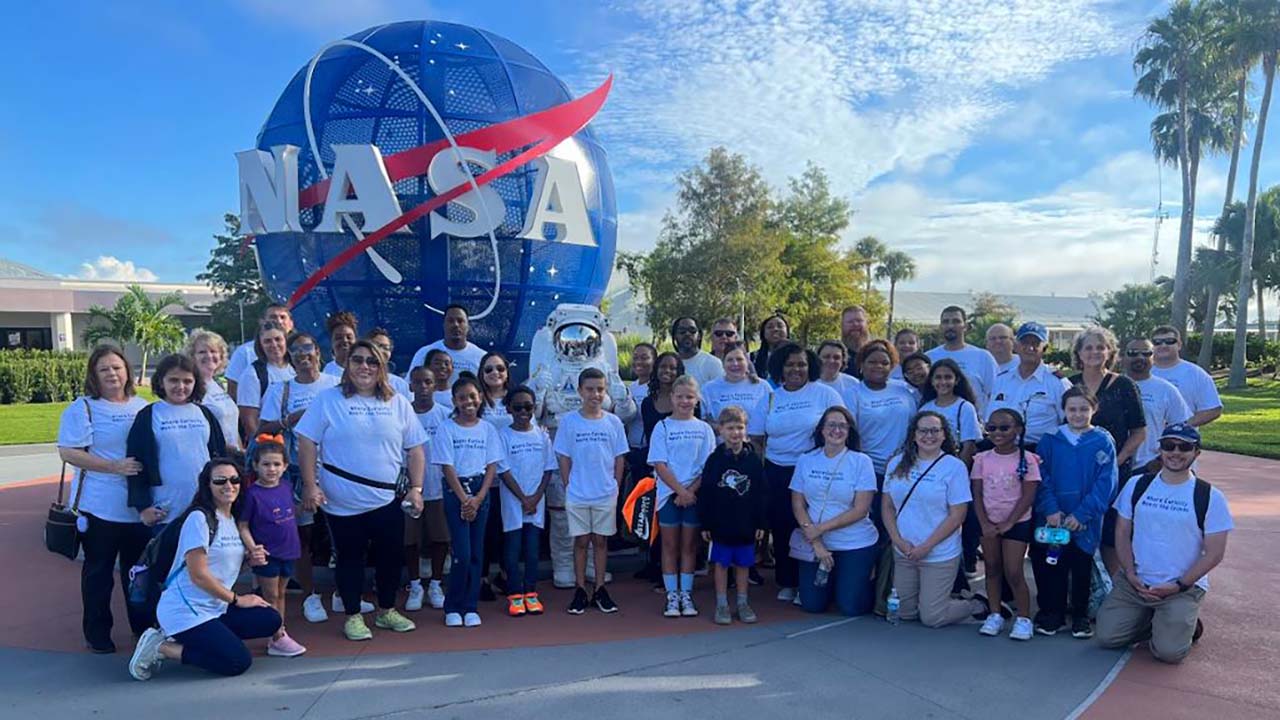Orbiting 250 miles overhead, the International Space Station (ISS) provides a unique environment that enables research not possible on Earth. These experiments lay the foundation for valuable scientific discoveries that improve the lives of people on the ground. Through a collaboration with the ISS National Laboratory®, agencies like the U.S. National Science Foundation (NSF) provide funding for research that leverages this one-of-a-kind platform in space to advance humanity’s fundamental understanding of science.
As the leader of NSF’s Directorate for Engineering, Susan Margulies guides the agency on its mission to transform our world for a better tomorrow by driving discovery, inspiring innovation, enriching education, and accelerating access. At this year’s International Space Station Research and Development Conference (ISSRDC), Margulies discussed the benefits of conducting science in low Earth orbit in a discussion moderated by Waleed Abdalati, of the Cooperative Institute for Research in Environmental Sciences at the University of Colorado Boulder.
“On Earth, we have few opportunities to relieve the phenomenon of gravity, but only for a few seconds or minutes at best,” Margulies said during the session. “The International Space Station gives us an opportunity to remove gravity’s effects for weeks at a time, which can provide deep insight into fundamental science processes taking place—this is hugely important.”

An image depicting how flames behave in different types of confinement
Media Credit: Image courtesy of Case Western Reserve University
One investigation that Margulies discussed was from a team of researchers at Case Western Reserve University. The team developed a project that flew to the space station in 2019 to better understand how flames behave in confined spaces. The experiment, which was funded by NSF, leveraged microgravity conditions to examine the underlying physics of confined flames to improve fire safety models for buildings and other structures.
Margulies also discussed efforts to expand the field of tissue engineering in space and highlighted an investigation from researchers at Stanford University focused on heart cells in microgravity. The team examined whether engineered heart muscle tissue grown in microgravity can be used as a model for heart failure to screen potential new drugs.
“We think of the International Space Station as a wonderful laboratory that really benefits life on Earth,” she said. “So, we’re funding research in space for the purpose of really understanding and improving our life on Earth.”
According to Margulies, NSF is excited to help researchers take science to new heights by providing funding to support projects that take advantage of the valuable research platform provided by the ISS National Lab.
As a research scientist with experience in space science and a current member of the board of directors for the Center for the Advancement of Science in Space™ (CASIS™), which manages the ISS National Lab, Abdalati echoed the importance of scientific discovery that access to the unique microgravity environment of the space station provides.
“When we talk about discovery, the space station offers incredible and powerful opportunities for just that,” Abdalati said during the session. “And it’s amazing to not only see organizations like NSF offer these solicitations but also to see the response from researchers and scientists who want to send their research to space and expand our understanding of science.”
Learn more about fundamental science investigations being conducted in space in a perspective article by Margulies in the latest issue of Upward, the official magazine of the ISS National Lab.







